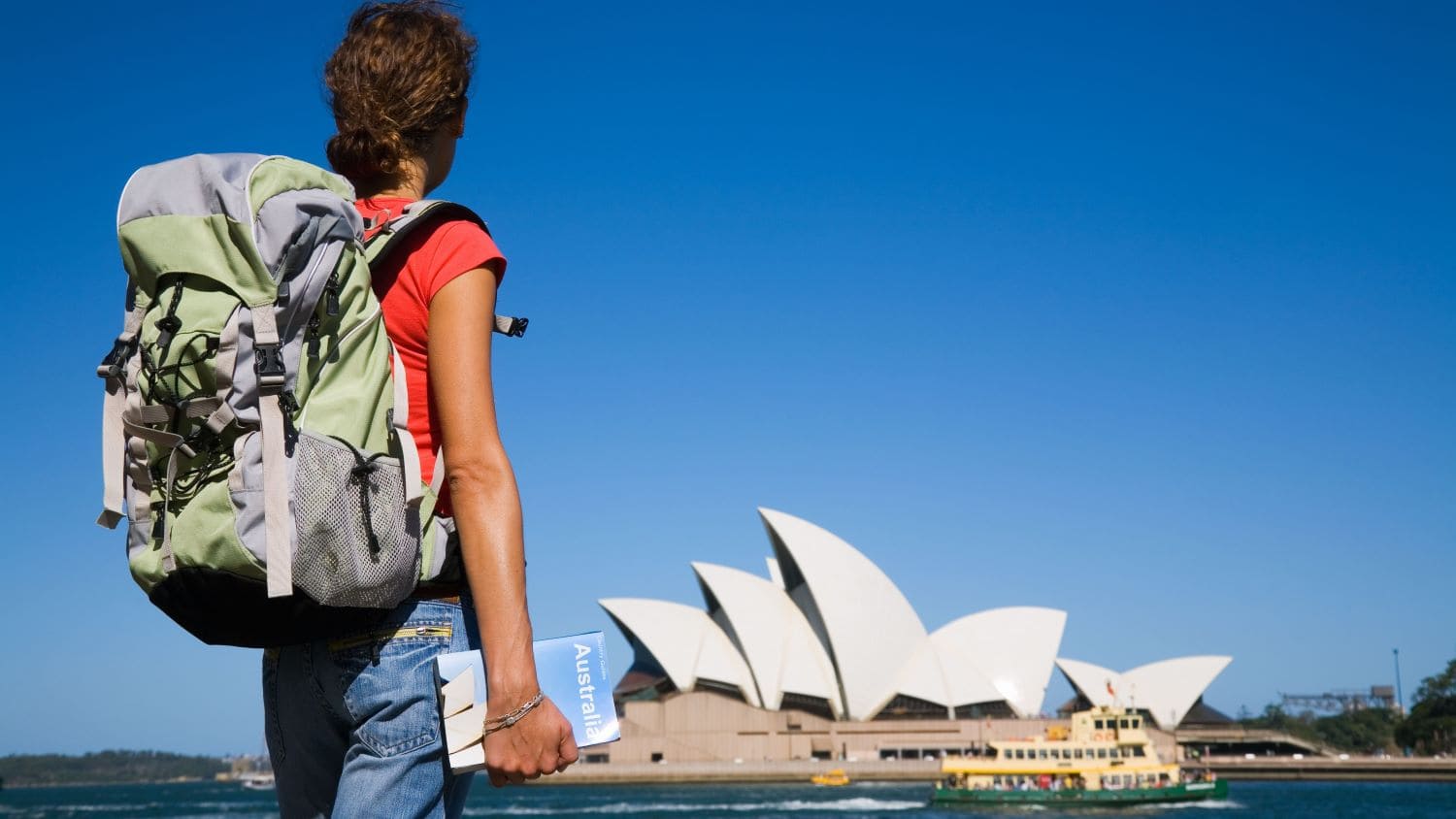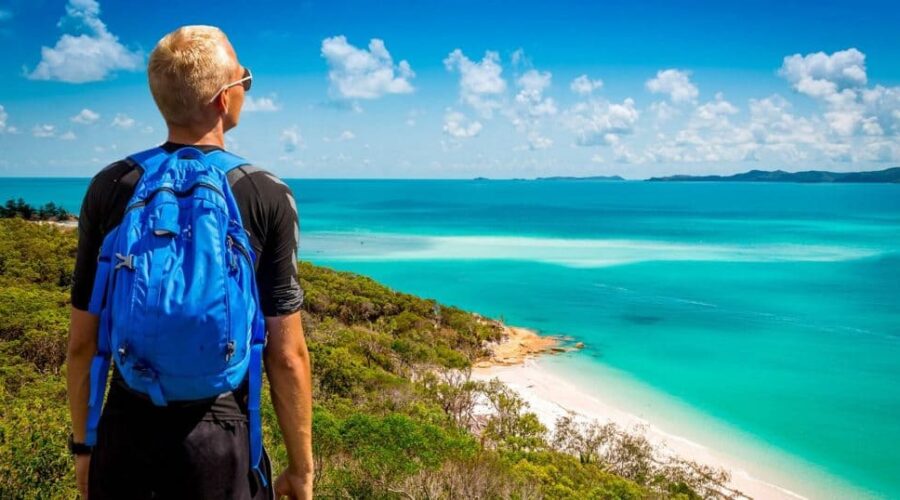Backpacking in Australia

Backpacking in Australia is an exhilarating experience that combines adventure with the beauty of the great outdoors. With diverse landscapes ranging from stunning beaches to expansive deserts, Australia offers a unique opportunity for travelers to embrace nature while exploring vibrant cities. This article will serve as a comprehensive guide for backpackers, covering essential tips, popular destinations, itineraries, and practical advice to help you make the most of your trip down under.
Essentials for Backpacking in Australia
Before embarking on your backpacking adventure, it’s crucial to pack wisely and prepare for the Australian climate. Here are some essentials to consider:
- Backpack: Opt for a durable and comfortable backpack with ample space and compartments.
- Clothing: Be mindful of the weather; layers are essential as temperatures can vary greatly.
- Health and Safety: A first aid kit, insect repellent, and sunscreen are must-haves.
- Camping Gear: If you plan to camp, bring a lightweight tent, sleeping bag, and cooking equipment.
- Navigation Tools: A reliable map, GPS device, or phone app to help you navigate the remote areas.
In addition to physical items, ensure you’ve sorted out your travel insurance, as this can cover unexpected incidents, giving you peace of mind while you explore. Lastly, invest time in learning about local customs and regulations to enhance your experience and minimize potential misunderstandings.

Must-Visit Destinations for Backpackers
Australia is brimming with iconic locations that should not be missed. Some of the must-visit destinations for backpackers include:
- Sydney: Famous for its Opera House and Harbour Bridge, Sydney offers vibrant nightlife, stunning beaches like Bondi, and cultural experiences.
- Great Barrier Reef: Dive into one of the world’s most renowned coral reefs where you can snorkel, scuba dive, or simply enjoy the view from a boat.
- Uluru (Ayers Rock): A sacred site to the Indigenous peoples of Australia, witnessing the sunrise over this massive sandstone monolith is an unforgettable experience.
- Melbourne: Known for its arts scene, coffee culture, and culinary diversity, Melbourne is a hub for backpackers looking for urban adventures.
- Byron Bay: This laid-back coastal town is perfect for surfing, relaxation, and experiencing Australia’s bohemian lifestyle.
Each of these destinations features something unique that contributes to the backpacking experience, from capital cities rich in culture to natural wonders that showcase Australia’s breathtaking landscapes. Planning your travels around these hotspots not only allows you to meet fellow backpackers but also ensures you witness the country’s incredible diversity.

Backpacking Itineraries: Planning Your Route
Creating a detailed itinerary is essential for a successful backpacking trip in Australia. Depending on the duration of your journey, here are two sample itineraries:
1. The East Coast Adventure (10-14 Days)
This classic route highlights the beauty of Australia’s eastern coastline:
-
- Days 1-3: Arrive in Sydney – Explore the city, visit iconic sites, and enjoy the beach.
- Days 4-6: Travel to Byron Bay – Surf, relax, and soak in the local culture.
- Days 7-9: Visit the Gold Coast – Experience theme parks and nightlife.
- Days 10-12: Great Barrier Reef – Snorkel or dive in Port Douglas or Cairns.
- Day 13-14: Return to Brisbane or fly out from Cairns.
2. The Outback Expedition (7-10 Days)
If unique landscapes and Indigenous culture intrigue you:
- Days 1-2: Fly into Alice Springs – Take in local history and cultural experiences.
- Days 3-4: Explore Uluru – Witness the sunrise and engage in guided tours.
- Days 5-6: Kings Canyon – Hike the Rim Walk for spectacular views.
- Days 7-8: Journey to Darwin – Discover Kakadu National Park and its natural wonders.
Practical Tips for Backpacking in Australia
While exploring this vast land, consider these practical tips to enhance your backpacking journey:
First, stay connected. Use apps like Google Maps, hostel booking services, or travel forums to plan your route and find accommodations on the go. Second, utilize public transportation, which can be a budget-friendly way to travel between locations; Australia’s train and bus services are extensive. Third, engage in local events and activities; this not only immerses you in the culture but also allows you to meet fellow travelers. Fourth, always carry enough water, especially in remote situations, as hydration is essential in Australia’s often scorching climate. Finally, respect nature and local wildlife, ensuring you follow ‘Leave No Trace’ principles while camping or hiking.

Conclusion
Backpacking in Australia is more than just a journey; it’s an adventure that allows you to connect with nature, meet diverse people, and experience unique cultures. With the right preparation, an open mind, and a spirit of discovery, your Australian backpacking trip will be one to cherish for a lifetime. So grab your gear, plan your route, and embark on the adventure of a lifetime in the Land Down Under.
FAQs
The best time for backpacking varies by region. Generally, the Australian spring (September to November) and autumn (March to May) are ideal for comfortable temperatures and fewer crowds.
2. Do I need special permits for camping in national parks?
Yes, camping in national parks may require a permit. It’s essential to check the regulations for specific parks and book in advance if necessary.
3. How much money do I need for a backpacking trip in Australia?
Budget backpackers can survive on approximately $70-$100 AUD per day, covering accommodation, food, and activities. However, costs can increase depending on your travel style and preferences.
4. Is Australia safe for solo backpackers?
Australia is generally a safe country for solo backpackers. However, common sense precautions, such as staying aware of your surroundings and securing your belongings, are always advisable.
5. Can I find vegan or vegetarian food while backpacking in Australia?
Yes, Australia has a vibrant food scene, and many cafes and restaurants cater to vegan and vegetarian diets, especially in larger cities and backpacker hubs.
